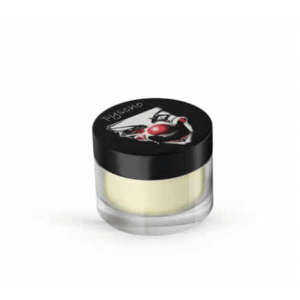Understanding Spice: The Synthetic Drug Crisis
Introduction
Spice, also known as synthetic marijuana, is a man-made psychoactive substance designed to mimic the effects of cannabis. Despite being marketed as a “spice drug” alternative to marijuana, spice carries significant health risks and unpredictable effects, making it a growing concern worldwide.
Composition and Forms
Spice is not a single chemical but a mixture of dried plant material sprayed with synthetic cannabinoids. These chemicals are engineered in laboratories to bind to the same receptors in the brain as THC, the active component of cannabis. Spice is commonly sold in small packets labeled as “herbal incense,” “potpourri,” or “not for human consumption,” often with colorful packaging that appeals to younger audiences.
Methods of Use
The drug is usually smoked, either in a joint, pipe, or vaporizer, but can also be brewed as a tea. Users report effects similar to marijuana, including relaxation and euphoria, but the intensity and duration can vary drastically depending on the chemical formulation.
Health Risks and Dangers
Unlike natural cannabis, spice can be extremely potent and unpredictable. Short-term effects may include:
- Rapid heart rate and elevated blood pressure
- Nausea and vomiting
- Anxiety, paranoia, and hallucinations
- Impaired judgment and coordination
Long-term use can lead to severe health problems such as:
- Addiction and withdrawal symptoms
- Kidney damage
- Heart complications
- Mental health issues, including psychosis
Because the chemical composition of spice constantly changes to avoid legal restrictions, users can never be sure what they are consuming, increasing the risk of overdose and severe reactions.
Legal Status
Many countries have banned the sale and possession of specific synthetic cannabinoids. However, manufacturers often modify the chemical structures slightly to create new compounds, which temporarily remain legal, contributing to the ongoing “cat-and-mouse” nature of spice regulation.
Why People Use It
Despite its dangers, spice remains popular in some communities due to its initial legality, low cost, and the perception that it is a safer alternative to marijuana. Additionally, it may be sought by individuals subject to drug testing, as some synthetic cannabinoids are not detected in standard tests.
Conclusion
Spice is a dangerous and unpredictable drug with serious short- and long-term health consequences. Awareness, education, and strong regulation are critical to preventing harm and protecting public health. Individuals should avoid spice entirely and seek help if they are struggling with substance abuse.


Post Comment